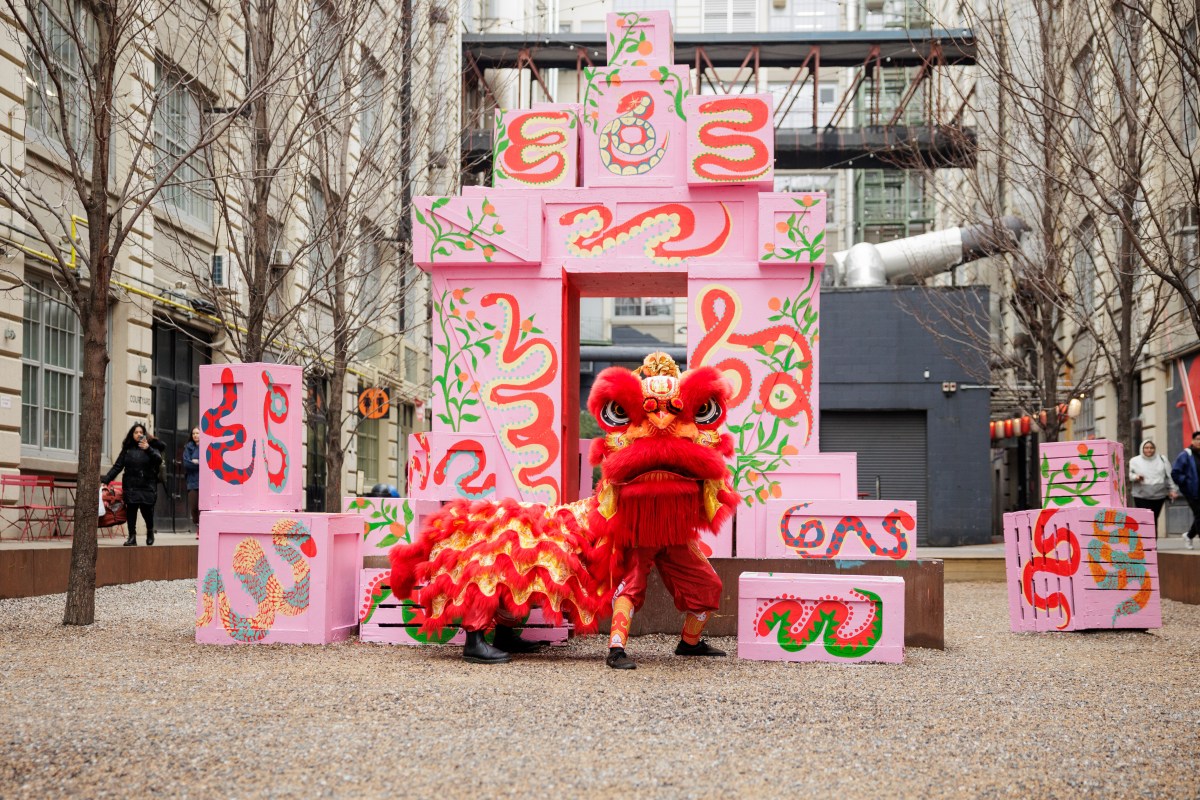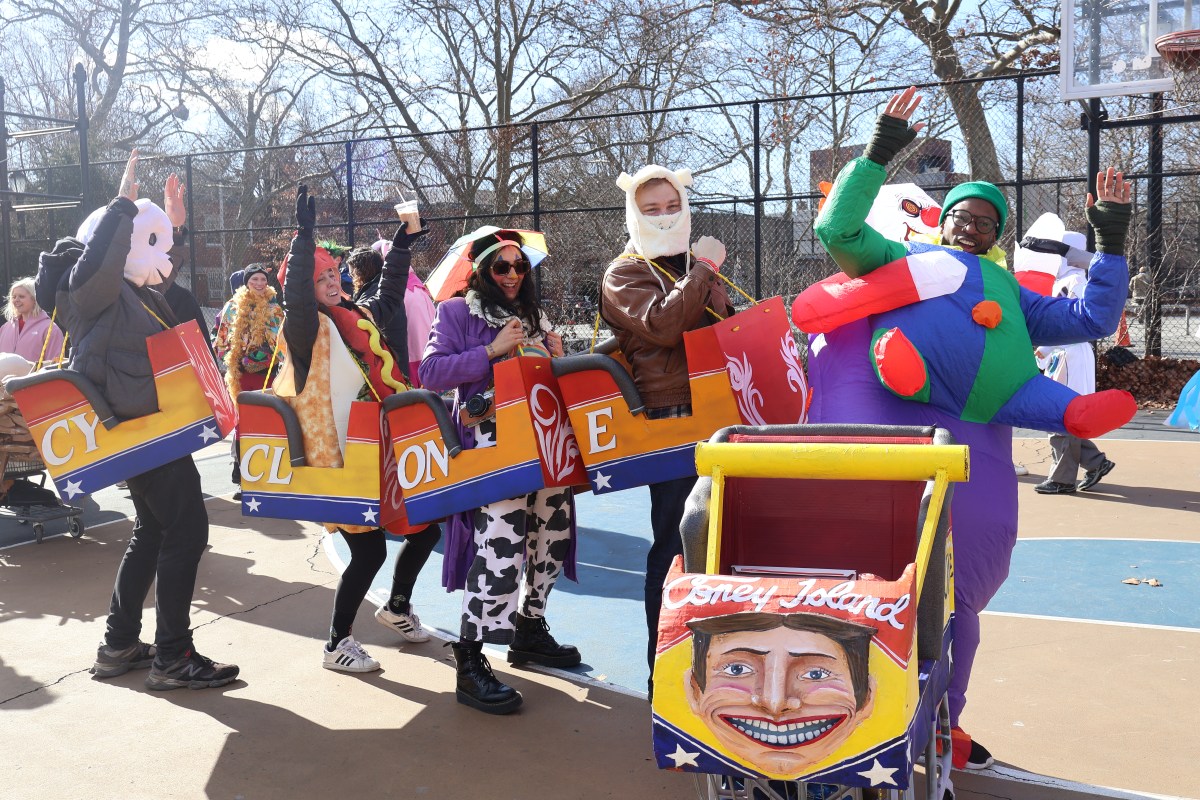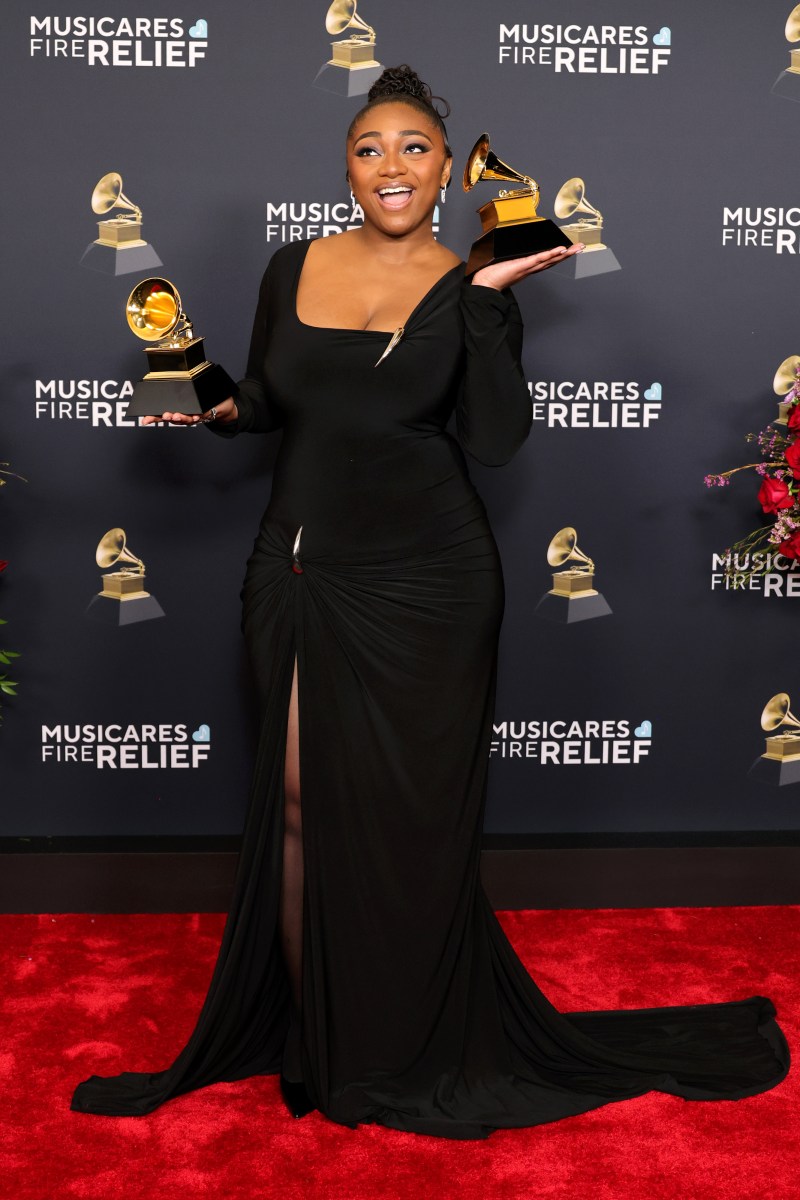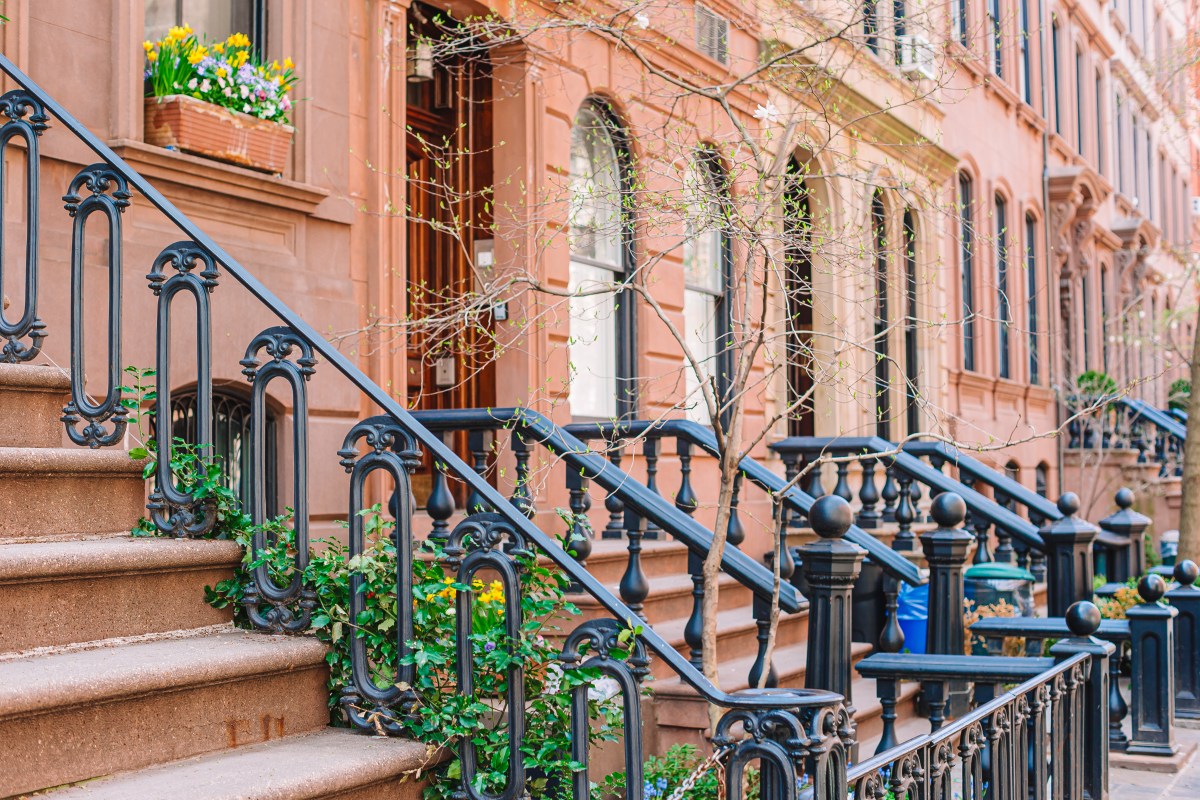BY STEPHANIE BUHMANN
Northridge, Native Americans also resonate
KARL KLINGBIEL: THE GATES OF EDEN
Klingbiel’s abstract paintings and large-scale woodblocks are characterized by vivid gestural strokes that are densely layered. Much of his aesthetic is rooted in the New York School (Willem de Kooning being a strong reference here) — but other sources of inspiration include Mayan cartographic pattern-making, Dutch tapestries, 18th century British engravings, comic books and computer models of the universe.
Despite these diverse and often historic citations, Klingbiel’s overall contemplation is determinedly contemporary. He employs abstraction as a means to process the overwhelming amount of information we face on a daily basis. His compositions strive for complexity. His forms are energetically interwoven — assembling, at times, into solid clusters before breaking apart to let light penetrate. They are rhythmic and confidently fluent and devoid of any notion of stagnancy. While things appear to be morphing constantly, Klingbiel still succeeds in establishing a sense of structure.
His visuals translate as elaborate networks, serving as metaphors for various information outlets. One gathers that Klingbiel is significantly inspired by how the layering of news channels and digital media co-exist and are often co-dependent. Despite this implication, his paintings are intuitive and spontaneous. Klingbiel runs on instinct rather than calculation. He is not concerned with analyzing contemporary existence, but rather to create a language for an era that lacks clarity.
His ambition is to develop and follow a steady stream of consciousness — a stark contrast to a world that increasingly faces fragmentation, quick shifts and a general lack of depth. To achieve this goal, Klingbiel ponders what the common denominator of a shared language could look like. He states: “I am after the idea of relationships, or the ghosts of relationships as different histories that veil and unveil themselves at points of demarcation, points of transition that are themselves in transit.”
At first glance, these energetic compositions produce much noise. Upon closer inspection, they become increasingly calming — and, at times, even meditative.
Through Dec. 17, at Masters & Pelavin (13 Jay St., btw. Hudson & Greenwich Sts.). Call 212-925-9424 or visit masterspelavin.com.
MATTHEW NORTHRIDGE: PICTURES BY WIRE AND WIRELESS
The diverse works featured in Northridge’s first solo exhibition with this gallery navigate between play and order. They range from elaborate constructs and larger installations to rather intimate works on paper. His archive of magazines, maps, advertisements and everyday packaging (as well as the inherent practices of collecting and cataloging), mark key sources of inspiration.
When incorporating these materials into his work, Northridge edits and rearranges them to the extent that they become disassociated from their original context. Whereas they once provided glimpses of contemporary culture, they now become part of a new landscape. In fact, Northridge’s works frequently evoke architectural structures, models and maps. Characterized by precision but without lacking humor, Northridge is less interested in improvisational freedom than clarity of thought.
His process involves self-established rules that are to be followed, which occasionally can be altered. His works appear to be both completed thoughts and beginnings of larger ideas. They are at once realization and inspiration.
In the back gallery, an installation of an ongoing series of collage works stands out. Named after a popular 1950s reference book published by Time Life, “The World We Live In” was begun in 2006 and currently involves over 165 pieces (each measuring 8 x 10 inches). The project is sparked by Northridge’s ambition to create a comprehensive account of today’s world — a concept that involves the natural and manmade. Employing found imagery, collage, photography, text and drawing, it translates as a thorough investigation of the subject matter. But more importantly, it translates as the inspired attempt to create a map for contemporary reality.
Through Dec. 17, at Kansas Gallery (59 Franklin St., btw. Lafayette & Broadway). Call 646-559-1423 or visit kansasgallery.com.
KINDRED SPIRITS: NATIVE AMERICAN INFLUENCES ON 20TH CENTURY ART
Much has been written about the impact of African sculptures and Japanese printmaking on Western 19th century and 20th century art. Meanwhile, American art of the period is usually examined in relation to concurrent European movements. In particular, the influence of Cubism and Surrealism on Abstract Expressionism is a well-covered subject. But as much as scholars have focused on far away influences, they have overlooked the inspirational potential this continent’s cultural heritage has to offer.
“Kindred Spirits” is a rare and overdue attempt to examine how Native American cultures of the Southwest and the surrounding desert landscape have resonated with Western (and especially American) artists for decades.
The exhibition features works of indigenous peoples from the Southwest region of the United States — including funerary vessels, paintings, pottery, weavings and baskets from 14 tribes (among them, the Apache, Hopi, Mimbres, Navajo and Zuni).
Arranged in elegant display cases or installed on the wall, these precious objects are shown alongside modern and contemporary works by artists such as Josef Albers, Max Ernst, Helmut Federle, Agnes Martin, Bruce Nauman and Charles Simonds.
Particular treasures include a Sioux parfleche box from circa 1900, two works on paper by Jackson Pollock and a stunning canvas by Georgia O’Keeffe. The latter’s “Blue, Black, and White Abstraction # 12” (1959) — which translates as an abstraction of a large black bird sweeping skyward — finds a beautiful counterpart in a Navajo drawing made in the early 20th century.
Meanwhile, a collection of iconic landscape and portrait photographs by Ansel Adams, Edward Curtis, Sumner Matteson, Paul Strand and Adam Clark Vroman establish an appropriate sense of grandeur. It is when viewing the six-volume set of Henry Rowe Schoolcraft’s legendary “Historical and Statistical Information, Respecting the History, Conditions and Prospects of the Indian Tribes of the United States” (published between 1847 and 1857) that one gets to ponder how Western civilization has viewed and analyzed Native American cultures in the past.
In art, scientific analysis and the reliance on statistics are void. Instead, while browsing the examples of Western works assembled here, we witness how personal and diverse the emotional and aesthetic impact of Native American art can be (and has been). A different voice is offered through works by the contemporary artist Nicolas Galanin (a Tlingit Aleut who comes from a long line of Northwest Coast artists). When entering the gallery, one has to step over his “Indians” — a sidewalk carving of the Cleveland Indians baseball team logo. Aiming to balance his origins with his contemporary practice, Galanin has noted: “In the business of this ‘Indian Art World,’ I have become impatient with the institutional prescription and its monolithic attempt to define culture as it unfolds.”
Culture is unfolding constantly, but “Kindred Spirits” is an avid reminder that inspiration is without boundaries and therefore timeless.
Through Jan. 14, at Peter Blum SoHo (99 Wooster St., btw. Prince & Spring Sts.). Call 212-343-0441 or visit peterblumgallery.com.




































